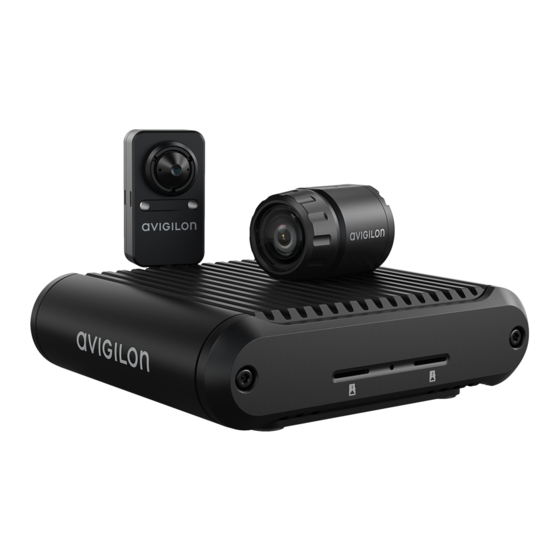
Avigilon H5A Series Installation Manual
Modular camera
Hide thumbs
Also See for H5A Series:
- Instruction manual (36 pages) ,
- Installation manual (36 pages) ,
- Quick start manual (18 pages)
















Need help?
Do you have a question about the H5A Series and is the answer not in the manual?
Questions and answers